Monitoring insect populations in crop fields is important for managing pests and diseases. Sweep nets have been the main tool for this task but new sensor technology is being developed to conduct continuous real-timing monitoring. This summer, the Gepts Lab at UC Davis is hosting 5 such sensors from the Danish start-up company, FaunaPhotonics, in collaboration with Dr. Emily Bick, who earned her Ph.D. in Entomology from UC Davis in 2019 and is currently a Postdoctoral Fellow at the University of Copenhagen.
These sensors operate by shining LEDs at 2 specific wavelengths into a conically shaped volume of approximately 30 liters extending about 2 meters out from the sensor. As insects fly through the beams, light bounces off of them and is returned to the sensor. From this returning light, 30 different data points are collected including wing-beat frequency, body-size to wing-size ratio, color, and speed. With a trained model, analysis of these data can identify insects by species, sex, age, and mating status. With an untrained model, a cluster analysis can be conducted to determine the overall diversity of the insect population.
Model-training datasets are created by flying pre-identified populations of insects in a black neoprene cage equipped with a sensor. A disadvantage of this technology is that it only monitors flying insects. While most pests and beneficial insects do fly as adults, nymphs and larva do not fly.
The sensors are mounted on posts positioned about half a foot above the crop canopy. Two portable solar panels connected with a car battery enable the sensors to run continuously. While wireless data transfer is possible for live monitoring, the sensors can also store data on memory cards for future study. Each sensor is equipped with a small external weather station which monitors temperature and humidity.
Past studies have used these sensors to study a variety of insects in olives, alfalfa, canola, apples, strawberries, corn, soy, winter wheat and other crops. While only a handful of sensors are currently in existence, one can envision a future in which permanent installations of this technology provide routine monitoring for various crops.
Our California research project with the sensors is focused on monitoring lygus bugs L. hesperus in lima beans. Currently, all five sensors are installed over lima beans. Four are positioned in unsprayed strip plantings of UC 92, UC Haskell, UC Beija Flor, and Henderson Bush respectively. The fifth sensor is located in a sprayed strip planting of UC 92. The collected data will inform our research on the specific mechanisms of Lygus-tolerance in lima bean. We also hope to gain insight into the interactions between Lygus and various beneficial insects that prey on or parasitize Lygus including big-eyed bugs, Geocoris spp., Peristenus relictus, a parasitoid wasp, and minute pirate bugs, Orius spp.
By monitoring insect presence and abundance continuously over the course of a season, these sensors have the potential to provide researchers, plant breeders, and farmers more detailed data than the snapshot measurements provided by sweep nets. Researchers may be able to identify the specific mechanisms of plant tolerance to an insect pest. For example, in my study, the sensor data may reveal differences among lima bean lines in attracting or repelling Lygus; or may reveal which lines more successfully attract beneficial insects. With a better understanding of the specific mechanisms of plant insect tolerance, plant breeders will be able to more successfully select new resistant varieties. The sensors are not yet publicly available but eventually they may be used by farmers to monitor pest populations and make management decisions.
The Gepts Lab will be showcasing these sensors at the UC Davis Dry Bean field day on August 31, 2021. We are mindful of the on-going Covid-19 pandemic and are following safety precautions to keep everyone safe. Therefore, pre-registration for the event is required. There is no registration fee, but the registration survey will help us in the event there is a need for contact tracing. Please visit https://tinyurl.com/ucbean21 to register. This link also provides directions to the dry bean field site. Thank you for your cooperation, and we look forward to seeing you later this month. A full agenda can be found at:http://beans.ucanr.org/?blogpost=50265&blogasset=91063
Attached Images:
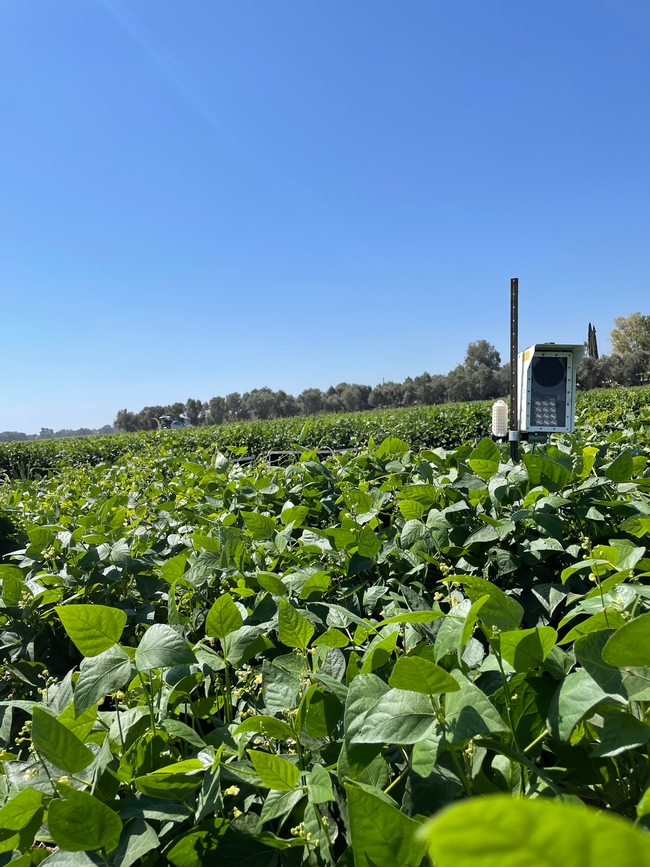
An insect monitoring sensor used for counting Lygus bugs and insect natural enemies in a dry bean field, UC Davis 2021.
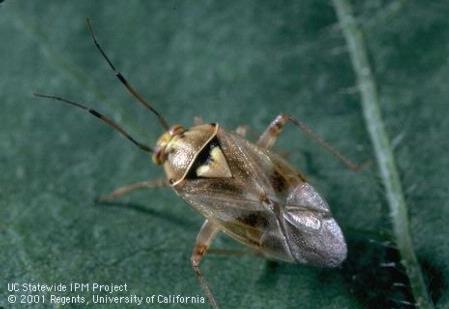
Lygus bug, a serious pest of dry beans that can reduce yields and quality.
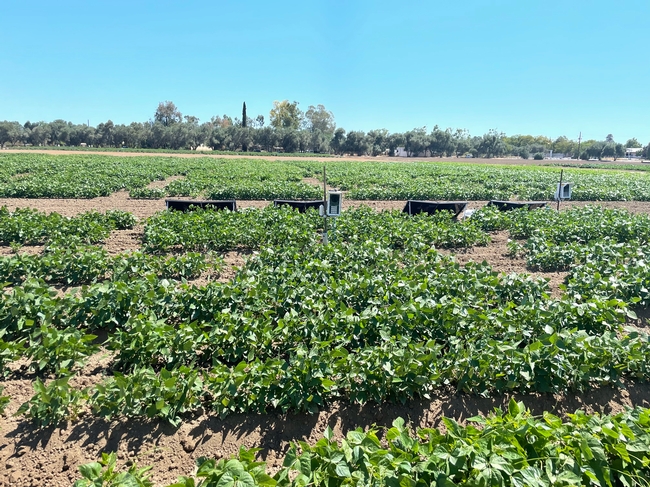
Insect monitoring sensors placed in the field at the UC Davis Dry Bean nursery, 2021.
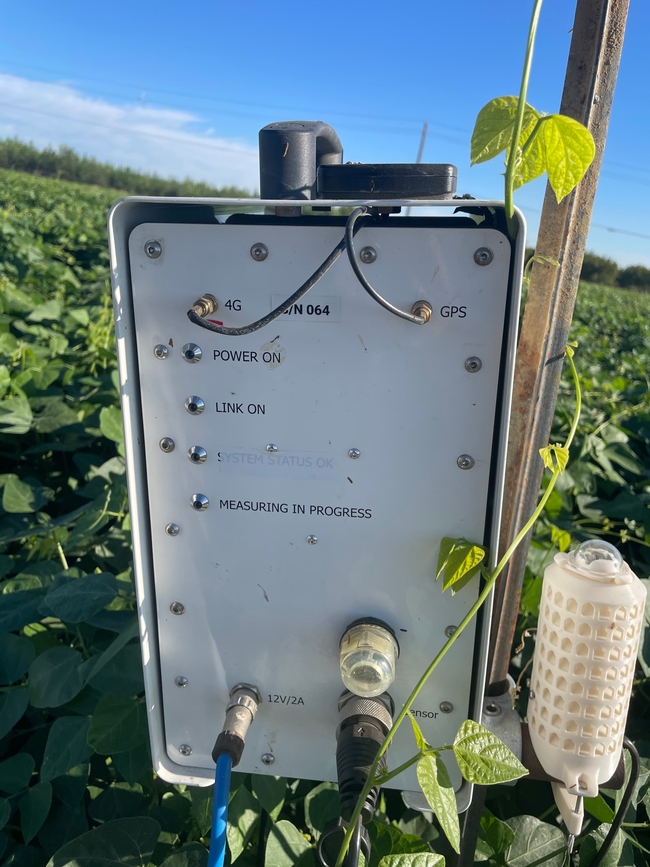
Insect monitoring sensors are powered by solar panels in a dry bean field, UC Davis, 2021.
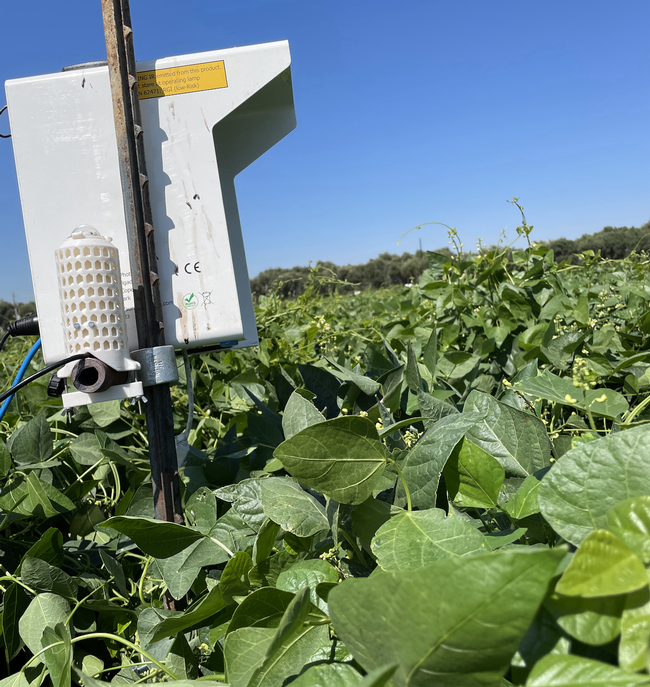
The sensors monitor temperature and humidity along with insect numbers, UC Davis, 2021.